NLAW is a next-generation light anti-tank weapon developed in 2002 as a collaborative effort between Swedish and British defense contractors. It is designed to eliminate most modern main battle tanks (MBT). According to the SAAB, one of the leading developers of the NLAW, it is best-in-class for dismounted light forces that operate in all environments, including built-up areas.
Introduction
NLAW (Next generation Light Anti-tank Weapon), also known as Main Battle Tank Light Anti-tank weapon (MBT LAW), is a single-soldier, short-range, guided anti-tank weapon system. It is assembled by Thales Air Defence – formerly Shorts Missile Systems – in Belfast from components made by subcontractors all over the UK. Development work continues at SAAB Bofors Dynamics in Sweden.
Design
It is an excellent modern short-range guided anti-tank missile. It is generally superior to earlier short-range anti-tank missiles such as the AT-4. The NLAW has an effective range of about 800m and a maximum of 1000m. It is designed primarily as a self-defense weapon for infantry to use against tanks attacking them but rarely useful as a hunter-killer weapon against tanks. Their shaped-charge warheads are also designed to penetrate armor, so they’re not going to damage more than a compartment or two.

The NLAW is easily 1-man portable, has no severe back-blast or heat signature issues, and also has a total fire-and-forget capacity, in total creating a very effective use case as a short-range one-person ATGM weapon suited for, among other things, urban combat.
Use in urban warfare
The biggest problem with using NLAW as a hunter-killer weapon against tanks is the maximum firing range. Closer to the tank, more danger to the soldier operating it. Except in built-up urban surroundings where armor will be vulnerable to NLAW attacks. Short-range engagements are much more likely in an urban environment; of course, you still need to be well within the machine gun range of the tank. This isn’t much of a problem if you fight against idiots who send a single tank into an urban area alone and unsupported. There aren’t many of those idiots, and the few who might be don’t tend to live long.
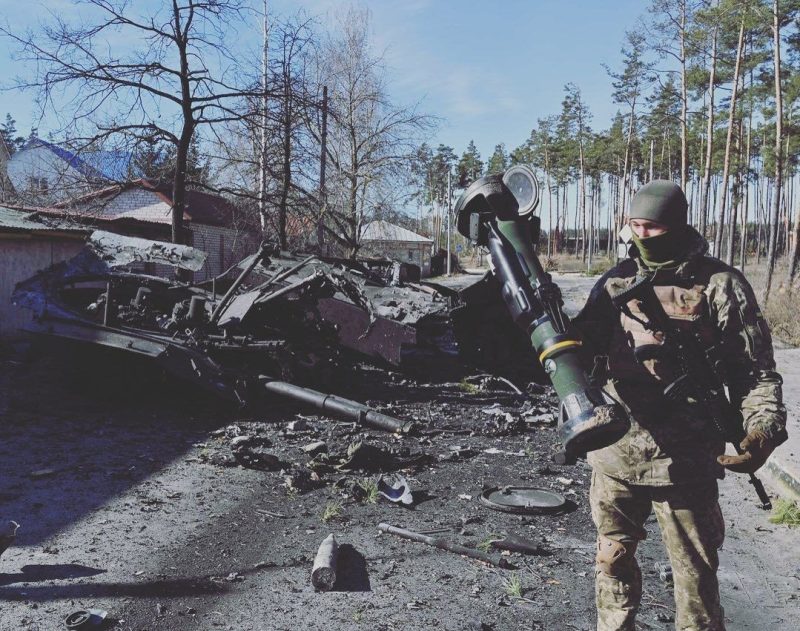
In the real world, where tanks operate together and are supported by infantry in urban areas, engaging a tank tends to be the military equivalent of a murder-suicide pact. Trading the lives of one or two defenders to take out an attacking tank is a good trade-off unless you run out of volunteers before they run out of tanks.
Two firing modes
The weapon can be operated in two modes: a top and a direct attack. The top attack mode is used against MBTs, exploding when passing over with an explosion forming a fast and hot arrow attacking from the top. The direct attack explodes on impact and can be countered with reactive armor. That mode is used only against soft targets.
The MBT turret top won’t have 500 mm armor; it would make the tower too heavy and difficult to climb in and out (a very heavy and thick hatch). Using its top attack capability, the NLAW can defeat the turret roof or back deck armor of any MBT — just like any other modern anti-tank missile with a top attack capability.
Combat usage
Ukraine war
Preceding the escalation of the Ukraine War, the United Kingdom has supplied 2,000 NLAW systems to Ukraine, with an additional 1,615 delivered by March 9, 2022, to bolster Ukraine’s military and defense capabilities. The Ukrainian forces reported that NLAWs produced far more significant damage against Russian armored vehicles than their standard Soviet-era equipment.
Users
The NLAW is used by the armed forces of several nations, including the United Kingdom, Finland, Luxembourg, Ukraine, and Sweden.
NLAW and other anti-tank weapons
The NLAWs are usually presented in the ATGM squad use-case as secondary ATGM weapons to an ATGM squad with an APC/IFV vehicle using long-range anti-tank missiles such as the Javelin or Spike MAAWS and/or NLAWs as the anti-tank weapons for troops. This shows the distinction in use cases between the NLAW and Spike/Javelin ATGMs.
NLAW s a simpler-to-operate weapon than the Javelin, requiring no detachable targeting unit, but is still a very capable guided anti-tank missile. Still, it isn’t even in the same general category as the Javelin or Spike.
Compared to Javelin or Spike, NLAW is disposable and has a smaller missile than either two systems. NLAW is also a more straightforward design meant for the short range. It has an effective range of about 800m and a maximum range of 1000m, while the Javelin has a range of about 4000m, and the Spike comes in different versions with ranges up to 25000m.
To put it simply, Javelin and Spike are not the same categories of anti-tank missiles compared to NLAW; they are heavier and non-disposable. More comparable weapons to NLAW would be SRAW, AT4(anti-tank version), or Apilas systems, though NLAW is more modern than them.
Technical specifications
| Designer: | Saab Bofors Dynamics, Sweden |
| Designed: | January 2001 |
| Manufacturer: | Thales Air Defence, United Kingdom |
| Produced: | 2009 |
| Weight: | 12,5 kg |
| Length: | 1016 m |
| Caliber: | 115/150mm (not confirmed) |
| Muzzle velocity: | initial: 40 m/s; maximum: high subsonic 200 m/s (Mach 0.7) |
| Effective range: | 20-800 m (Maximum range: 1000 m) |
| Guidance: | predicted line-of-sight (PLOS) / inertial guidance |
| Sight: | Trijicon TA41 NLAW 2.5×20, which has V crosshair (inverted to normal ACOG Ʌ crosshair |
| Warhead: | Combined overfly top attack / direct |
| Operational temperature: | −38 to +63 °C |
| Cost: | approximately £20,000 (2008)or 67,700 USD (including RD cost) |
| No. built: | 10,000+ |

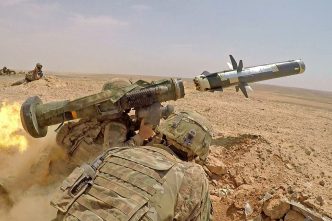
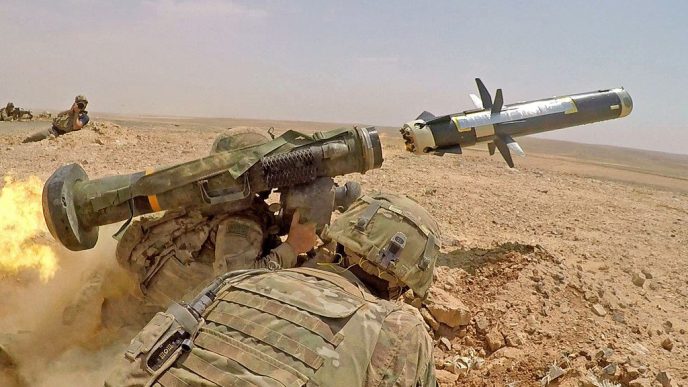
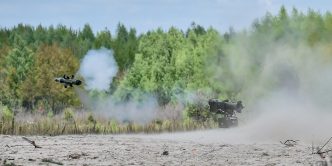
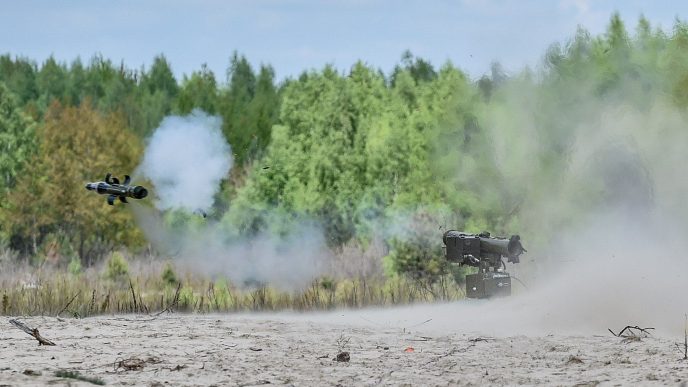
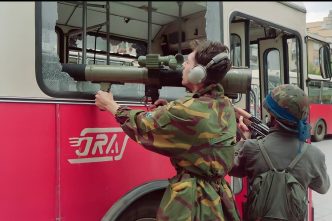
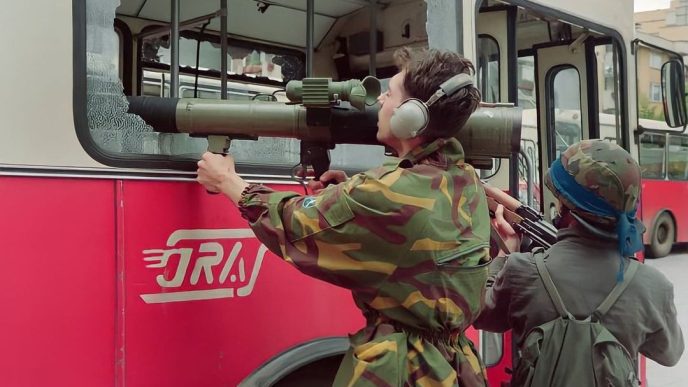
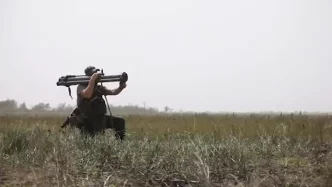
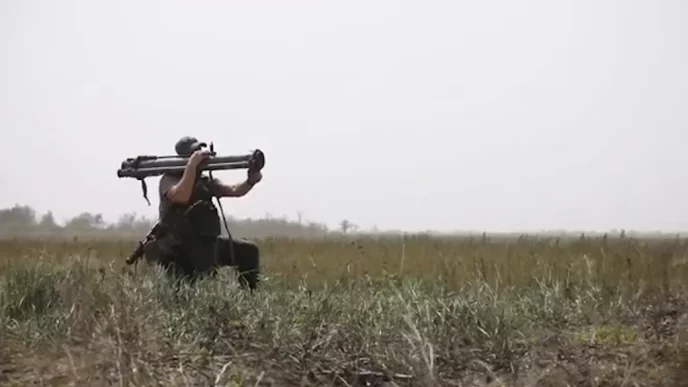
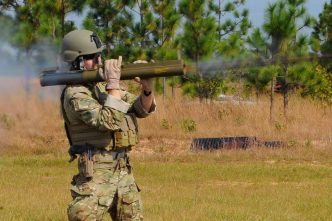
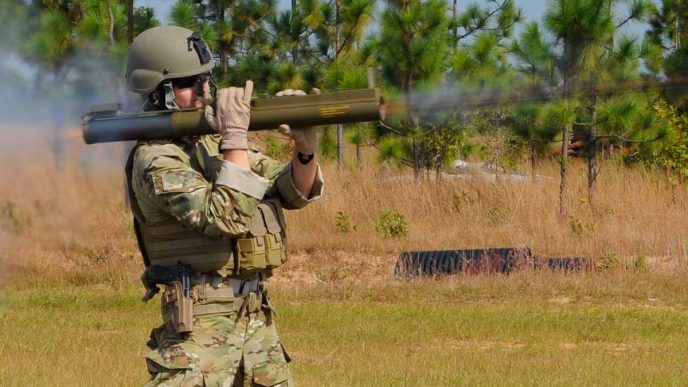
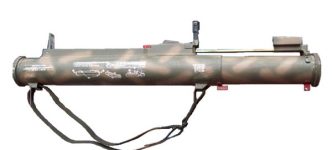
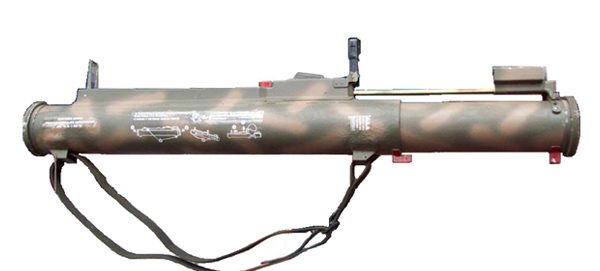
The AT4 is also produced by SAAB, not american.